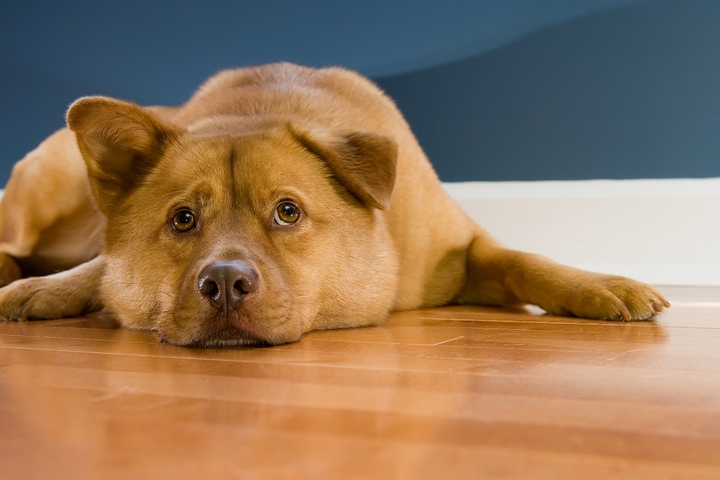It’s easy to love the look, warmth and function of engineered hardwood flooring. But if you have pets, you may be wondering if your new floors can withstand the day-to-day scuffs and stains created by your furry friends.
The good news is that modern hardwood floors are built to withstand plenty of day-to-day wear and tear. Even pets and young children are no match for current materials and finishes. Whether you have hardwood floors and are considering adopting a pet or you have a pet and are thinking about new flooring, you can be confident, knowing the two work well together.
To put your mind further at ease, here are eight ways on how to remove pet stains from hardwood floors:
1. Inspect the Hardwood Floors
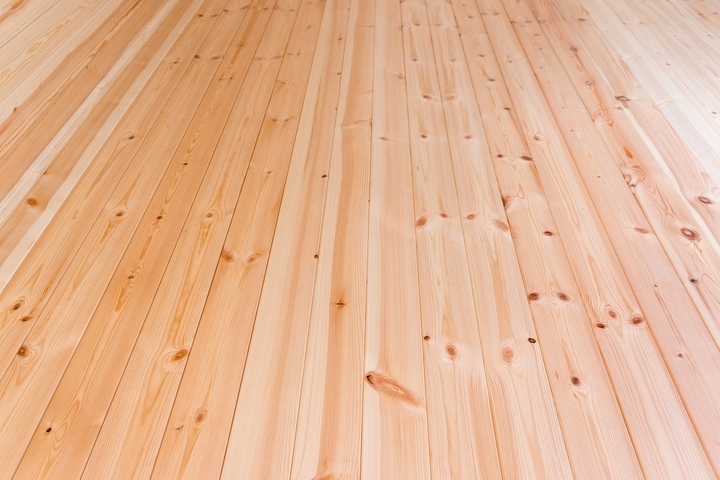
In order to remove pet stains from hardwood floors, you should first look closely and inspect your flooring. It sounds like the last thing you’d do on purpose, but if you find a new spot (think: urine, poop or vomit) on your hardwood floors and suspect your household pets, the best thing you can do is have a closer look.
Once you figure out what it is, see if you can determine how old it is—did Fido just have an accident or did you uncover something that has been there for years. Timing is key for any substance. The faster you can pick it up or soak it up, the better.
2. Catch Vomit Quickly
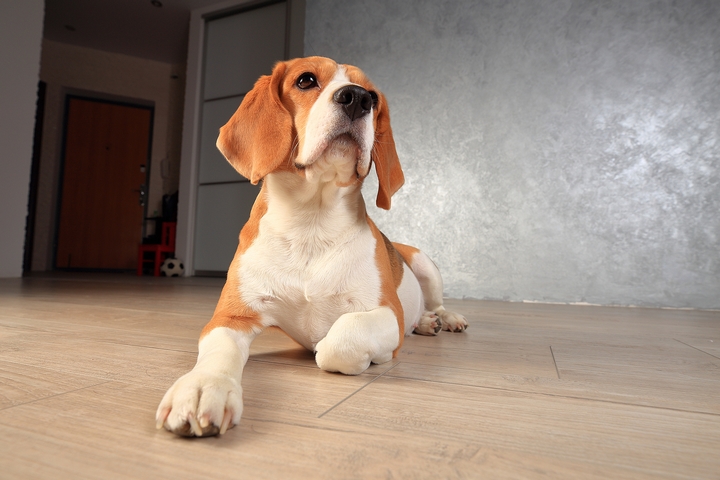
As soon as you see vomit on the floor, whether your cat has coughed up a hairball or your dog has thrown up his dinner, pick it up as quickly as you can. Typically, animal vomit contains a good amount of liquid and a certain amount of stomach acids.
The faster you can get these off of your hardwood floors, the better. Pick up anything close to solid and place it in a plastic bag; then wipe up the remaining liquid. Finally, use a clean, wet cloth with a small amount of dish soap and give the whole area a good cleaning.
3. Poop Needs Quick Action
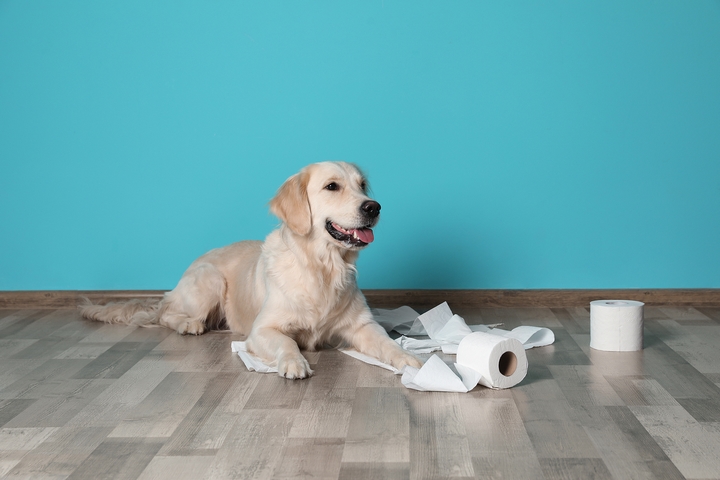
Chances are, if your pet has pooped on the floor, it was an accident. While some dogs and cats will strategically poop to send some kind of message, animal poop on your floors usually means your pet couldn’t make it out—or to the litter box—on time. In fact, you will most likely be dealing with diarrhea.
Similar to the way you clean up animal vomit, keep a plastic bag handy and pick up as much as you can. Then wipe up the remaining spot and clean with dish soap and a clean, wet cloth.
4. Look for Scoots
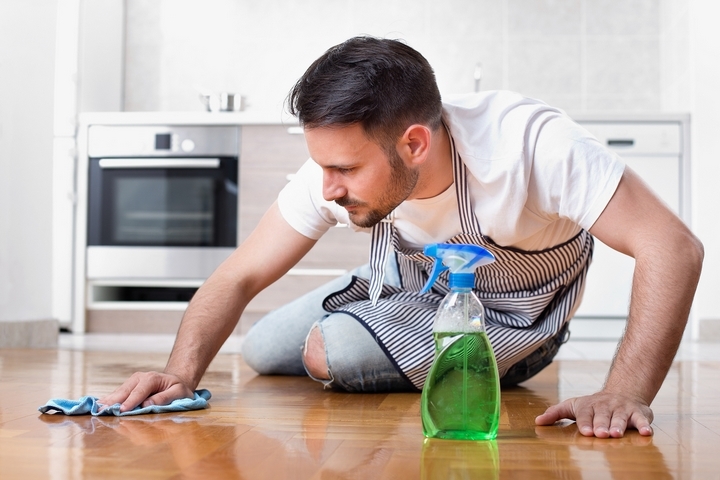
When you’re keeping your eye out for animal stains, don’t overlook streaks left on your floors and carpets. Dogs and cats are famous for using the floor to clean their back ends when they can’t manage otherwise. While these stains are sometimes harder to see on dark floors, and are nowhere near as obvious as a puddle or pile, remember to keep your eye out for them and clean them with either soap and water or a pet stain remover as soon as possible.
5. Tackle Urine Head-On
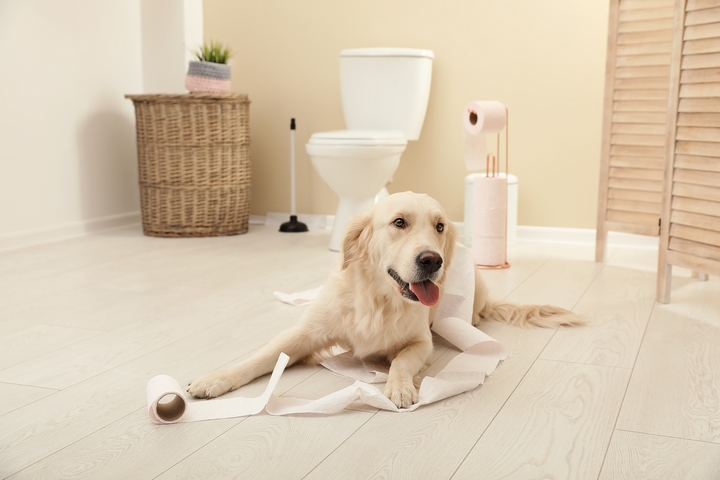
Animal urine inside your home is a problem. Left untreated, urine leaves an unpleasant odour and a welcome sign for animals to use the same spot again. Cat urine is especially problematic, as it leaves a strong odour that is especially hard to get out. Once you spot an area that needs treatment, work quickly to soak up any liquid you can with clean rags. Then dilute hydrogen peroxide with water, test an inconspicuous area of your floor—perhaps a corner covered by carpet—and lay a clean cloth, soaked in the mixture, over the soiled area for several hours.
6. Use Baking Soda
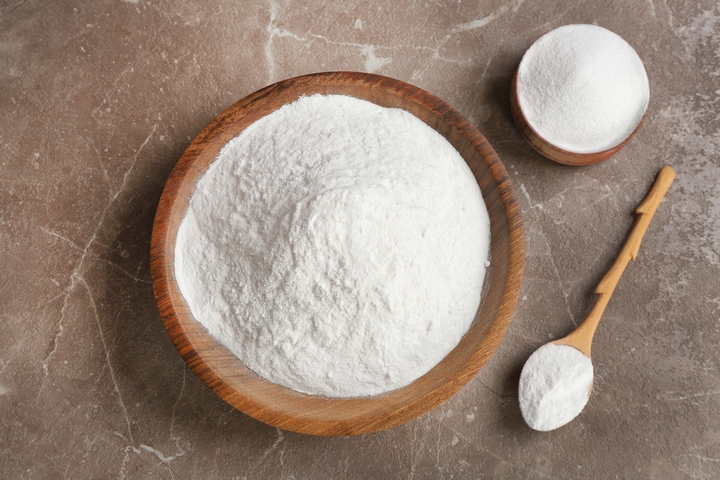
Another household option, if you don’t have time to pick up pet stain remover from the store, is to make a mixture of baking soda with water and dish soap. Baking soda absorbs odour and liquid. Again, it is a good idea to test your mixture on an area of the floor that is relatively hidden.
7. Get Proactive
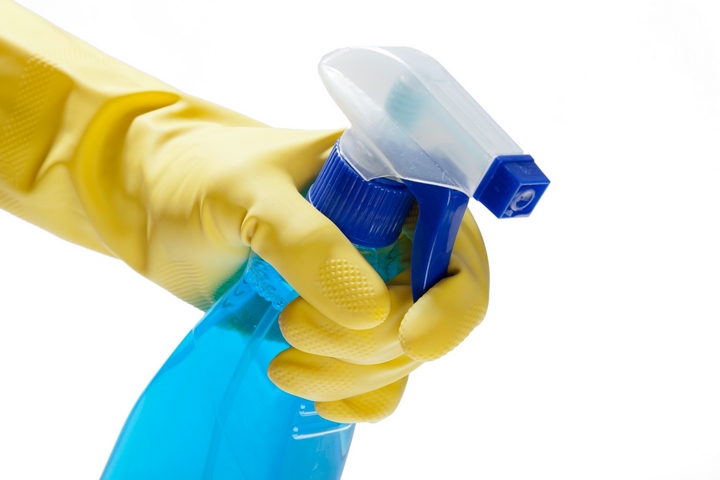
Once you’ve cleaned animal stains from the floor, you will likely want to take steps to make sure it doesn’t happen again. Pet stores sell several sprays—many with vinegar or essential oils—that can deter animals from returning to same spot over and over. Be sure to read the ingredients and test your floors for safe use.
8. Choose Your Flooring Wisely

Perhaps the best way to be proactive about pet stains is to choose your next flooring carefully. Ideally, your floor will look beautiful, feel warm and be easy to clean. Hardwood floors offer a wide range of durable, design-friendly styles and are usually easier to clean than carpet.
Whether you have a cat, dog, ferret, hamster or other pet, you want to figure out how to remove pet stains quickly, both for appearances—avoiding lasting damage—and to make sure your pets don’t make a habit of using a specific spot. Your main goal will always be to protect your floors and avoid having to replace them entirely. We hope this list of ideas on how to remove pet stains from hardwood floors has been useful.

